 Found in The Album for August 19th, 1895, are these encouraging words for aspiring fiction writers:-
Found in The Album for August 19th, 1895, are these encouraging words for aspiring fiction writers:-
‘Let no boy or girl, ambitious of literary fame, fear nowadays that they will be denied a hearing. The one thing necessary is merit—something to say and the power to say it. Granted so much, and industry, success is certain.
Take the case of two young men who have fought their way into success, and with whose careers I happen to be familiar. They are Mr W Pett Ridge (above) and Mr H. G. Wells. Neither had any influence; neither, when they began to write, had friends in the literary world; neither had the advantage of a ‘Varsity education; and yet these two young men have six books between them on the eve of publication. Moreover, the stories and articles and dialogue that make up these books having already appeared in serial form, these authors have already made incomes out of them which barristers or bank-clerks of the same age would consider exceedingly handsome.
How was it done? Just by choosing fresh subjects, by looking at those subjects with fresh eyes, and by having the gumption to know what journals those subjects would suit. Mr Pett Ridge is a London born and bred, and a Londoner who was blessed by nature with a most observant eye, great patience, and quite an abnormal sense of humour…Hardly a day passes but the writes a short story or a dialogue and hardly a night passes but his shrewd brown eyes peer into some corner of the London he knows as well as Mr Gladstone knows Downing Street…
Continue reading


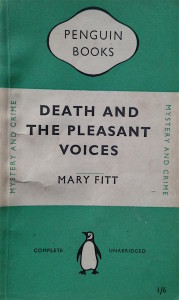
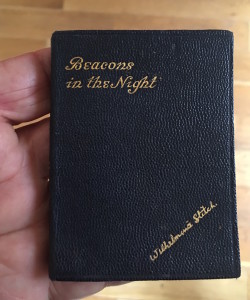 Found a fine copy of Beacons in the Night (Methuen, 1934) by Wilhelmina Stitch. A small book of simple, unsophisticated poetry. Wilhelmina Stitch achieved some popularity and sales in the first half of the 20th century. As a sentimental poet she was very much the Donovan to Patience Strong’s Dylan. She has no Wikipedia page unlike Ms Strong who has a lengthy and well tended entry. Some facts of her life are known and she turns up on a site
Found a fine copy of Beacons in the Night (Methuen, 1934) by Wilhelmina Stitch. A small book of simple, unsophisticated poetry. Wilhelmina Stitch achieved some popularity and sales in the first half of the 20th century. As a sentimental poet she was very much the Donovan to Patience Strong’s Dylan. She has no Wikipedia page unlike Ms Strong who has a lengthy and well tended entry. Some facts of her life are known and she turns up on a site 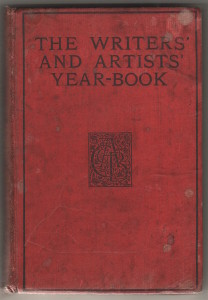
 Found in a thriller by
Found in a thriller by 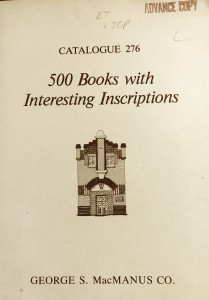 Found – a 1982 book collector’s catalogue from George S Macmanus of Philadelphia 500 Books with Interesting Inscriptions. Mostly modern American and British literature, it has many direct signed presentation from the authors and many
Found – a 1982 book collector’s catalogue from George S Macmanus of Philadelphia 500 Books with Interesting Inscriptions. Mostly modern American and British literature, it has many direct signed presentation from the authors and many 
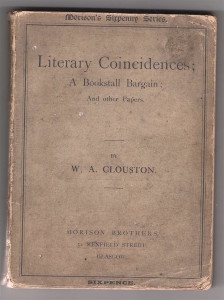
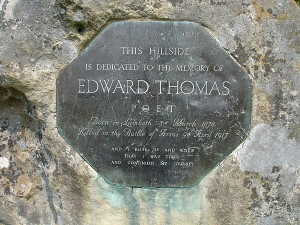
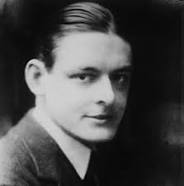 Bachelor, in digs.,wishers to meet gentlemanly fellow of refined tastes, bank clerk for instance, who wants chum. Walks, cycle rides, physical exercises, theatres etc. Friendship desired. Confidences exchanged. (X2, 372)
Bachelor, in digs.,wishers to meet gentlemanly fellow of refined tastes, bank clerk for instance, who wants chum. Walks, cycle rides, physical exercises, theatres etc. Friendship desired. Confidences exchanged. (X2, 372)
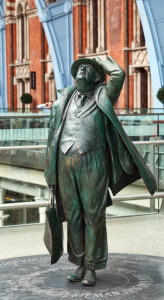 Found- in a copy of Nip in the Air (John Murray 1974) a book of poems by John Betjeman this affectionate parody by the esteemed travel writer Patrick (‘Paddy’) Leigh Fermor. It is probably from a magazine (pp 379-380), possibly The London Magazine but is not archived anywhere online. It is probably from the 1970s. It deserves a place in a completist Betjeman collection and in any future collection of
Found- in a copy of Nip in the Air (John Murray 1974) a book of poems by John Betjeman this affectionate parody by the esteemed travel writer Patrick (‘Paddy’) Leigh Fermor. It is probably from a magazine (pp 379-380), possibly The London Magazine but is not archived anywhere online. It is probably from the 1970s. It deserves a place in a completist Betjeman collection and in any future collection of 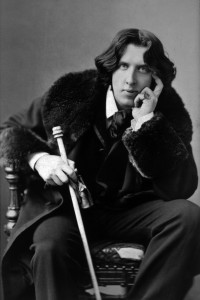
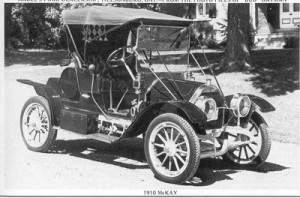 I see him at night with his head low down
I see him at night with his head low down
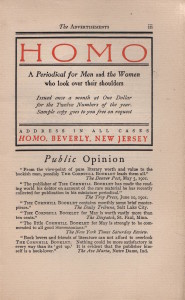
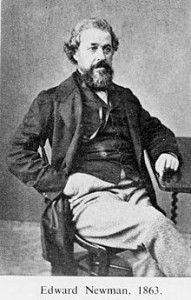
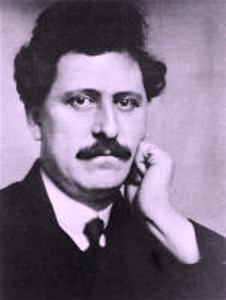 Found in a copy of the literary periodical Today for August 1919 is this advice for aspiring authors from its editor, Holbrook Jackson (pictured):
Found in a copy of the literary periodical Today for August 1919 is this advice for aspiring authors from its editor, Holbrook Jackson (pictured):